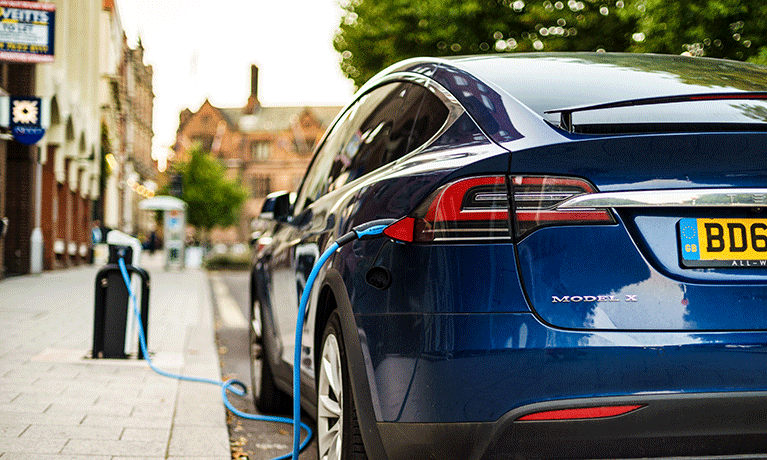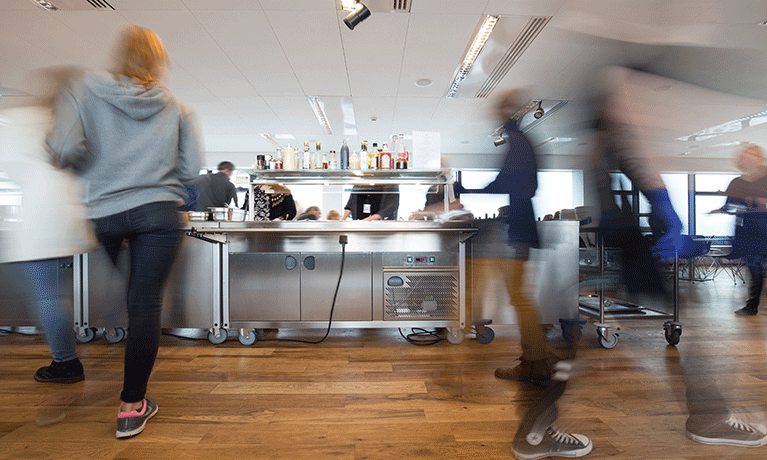By Simon Chadwick, Coventry University
Ever wondered what the World Cup is worth? When Italian sculptor Silvio Gazzaniga designed the current trophy in 1971, it was worth US$50,000. Now the trophy is estimated to be worth US$10m. The World Cup is, however, worth much more than two human figures cast in 18 carat gold.
The way nations battle to put on the tournament implies there is considerable worth to a country in hosting football’s biggest competition. Commonly used estimates indicated the past three World Cups would generate a positive economic impact of US$9 billion (Japan and South Korea in 2002); US$12 billion (Germany in 2006) and US$5 billion (South Africa in 2010).
For this year’s tournament in Brazil, various forecasters have identified the positive economic impact could range from US$3 billion to US$14 billion.

Positive reports suggest the tournament would add nearly US$30 billion to Brazil’s GDP between 2010 and 2014, generating 3.63m jobs per year and raising an additional US$8 billion in tax revenues. FIFA’s showcase event may draw an additional 3.7m tourists the country, each of whom will spend an average of US$2,488.
A “feel good” factor associated with the World Cup can have positive effects too, and research backs this up. Prior to the 2006 World Cup 70% of British men and 62% of women said the tournament would have an impact on their working lives. In turn, 62% of men and 52% of women suggested that if their national team did well, it would boost their morale. Away from work, the British retail sector has typically experienced a US$2 billion sales boost as people have bought beer, pizzas, barbecue equipment, televisions and so forth.
There is also value in the World Cup for FIFA – it is the principle revenue earner for football’s world governing body. Over the four-year period up to the 2002 tournament, FIFA reported a “positive result” (note: FIFA reports do not refer to “profit”) of US$129m. At the end of the next four year period in to 2006, this figure had risen to US$339 million. By 2010, FIFA’s “positive result” had almost doubled to a massive US$705 million.
While many will question the ethics and morality of such revenue growth, FIFA would no doubt counter by emphasising that in 2013, the organisation spent US$183m on development projects. Mention would no doubt be made too that this year’s World Cup winners will earn US$35m from a victory in the final.
FIFA’s official commercial partners should be happy as well. In the run-up to the last tournament in South Africa, Adidas sold 6m football shirts, up from 3m during Germany 2006. Similarly, Visa’s 2010 World Cup YouTube channel was viewed 7.5m times, 50% more than it was expecting.
In short, there is a seductive argument that says: “the World Cup is worth a lot”.
But…
Still, there is significant evidence that could lead one to question this rosy assessment. The positive impact estimates quoted above are generally produced by governments or their hired consultants, all with a vested interest in delivering good news. After all, no politician hires economists to tell them a tournament will be a waste of money.
So while optimistic forecasters look forward to the predicted US$3 billion+ economic bounce in Brazil, critics point out that hosting the tournament is actually costing the country US$11.5 billion. The estimated cost of stadiums, for instance, has tripled to $3.68 billion.

There are also indirect economic and social costs. Since last November, an average of one construction worker a month has died while working on World Cup related construction projects. This is not just Brazil’s problem either; in Qatar figures show one worker per day dies working on projects relating to the 2022 tournament.
During the Federations Cup in Brazil last summer, a World Cup warm-up tournament, there were massive and frequent protests across the country as people challenged anything from corruption to tax breaks given to FIFA to increased bus fares. Such protests add further costs to the budget; indeed, the Brazilian government is now believed to be spending around US$855m to beef up national security.
This comes on top of significant existing expenditure on a favela clearance programme – Operation Pacification – that has resulted in countless gang leaders, drug barons and other criminals being killed. But in spite of rising security expenditure, crime in Brazil continues to rise. For example, in January this year there were 420 reported muggings on Rio de Janeiro buses, compared to 195 cases in the same month last year.

José Cruz/ABr, CC BY
Legendary footballer turned politician Romario has become a prominent critic, arguing the costly tournament is “crippling” the country. Whether they be favela dwellers, bus passengers or World Cup winning strikers, it is clear many Brazilians think the tournament is simply not worth it.
Many of us tend to conveniently forget such matters when the World Cup starts and everyone celebrates the football feast ahead. Yet the problems do not necessarily stop; commentators are expecting trouble in Brazil, with FIFA events having already been attacked in the run-up to the tournament.
Civil unrest, crime and the costs they impose are only one concern. Evidence from previous global sporting mega events indicates that they crowd out other tourists from host nations. In other words, tournaments like the World Cup can be a zero-sum game: fans will come, but other tourists are put off travelling and won’t visit. Consider South Africa: 309,000 visitors entered the country during the 2010 World Cup; the monthly average for rest of the year was closer to 620,000 entrants. One university allocated 92,000 “bed-nights” worth of rooms to the World Cup. Just prior to the event, FIFA’s booking agency returned 91,000 nights unused.
Another negative effect of the World Cup extends far beyond the host nation. In Europe, many games will kick off late in the evening; in North America they fall in the middle of the working day; in Asia, the middle of the night. Watching football may be fun, but no boss wants to see half their workforce turn up late, tired or drunk. Research into the expected rate of work absence found the tournament may cost the UK economy £4 billion.
What’s the World Cup worth? Well, there’s no easy answer to the question and it depends who you ask. For the likes of FIFA, it is a cash cow and a commercial bonanza. A favela dweller in Rio could well see it as a waste of money, cash that should have been spent on housing, public transport and welfare programmes. As the tournament’s first ball is kicked, you might therefore reflect upon an alternative question: is the tournament worth it?
Hard Evidence is a series of articles in which academics use research evidence to tackle the trickiest public policy questions.
![]()
Simon Chadwick does not work for, consult to, own shares in or receive funding from any company or organisation that would benefit from this article, and has no relevant affiliations.
This article was originally published on The Conversation.
Read the original article.




Comments are disabled